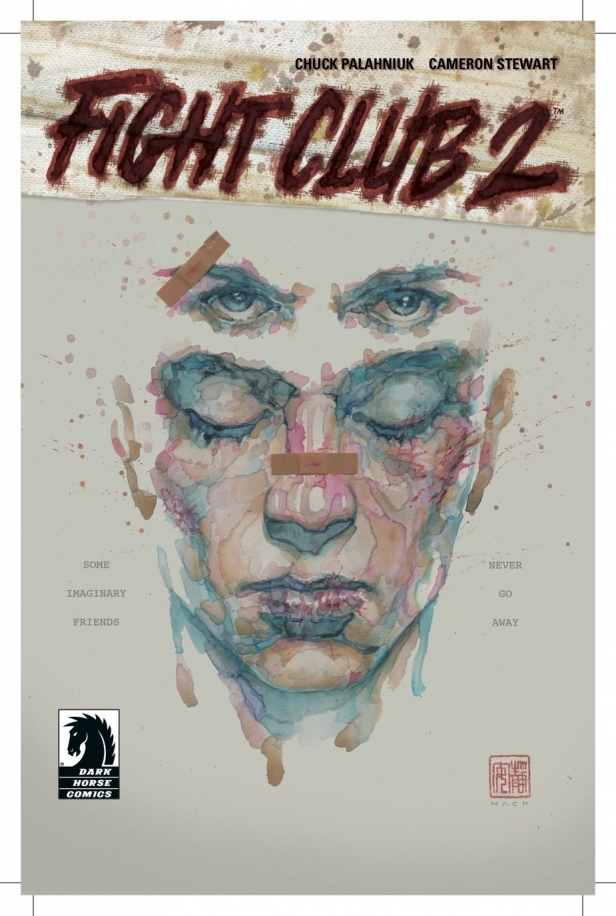If you listen closely, you can hear the critics’ tears as they mash their faces into keyboards in impotent rage. Chuck Palahniuk is a writer that elitists love to hate.
When David Fincher’s adaptation of Fight Club hit our screens in 1999, pre-millennium, pre-9/11, bristling with the cool swagger of Brad Pitt and the nervy despair of Ed Norton, Palahniuk’s first born destroyed the meaning of the term ‘zeitgeist’. Everyone lived, breathed and devoured Fight Club, slogans and all.
The novel became famous and remains famous to this day. Palahniuk’s staccato bursts of textual energy render the book incredibly accessible, and uniquely attractive to young men angry at a world that seems to reject their nature.
It’s entirely possible to read or watch Fight Club and conclude yes, it is shallow and isn’t beating men to a pulp exciting. But it’s a surface-level reading, and a hollow experience of a clever and subversive work that appeals even more to queer and female audiences. Fight Club tricks the reader at every turn.
Born on paper, graduated on film, Fight Club turns to a new medium for its unexpected middle-age: a comic, perhaps the most meta of all forms. Over 200 hundred pages of mania, old faces, new characters, terrorism, drugs, despair and of course but equally a mere trifle, fighting. All in the very safe hands of celebrated artist Cameron Stewart.
A sequel to such a celebrated and misunderstood work is a daunting project. The big reveal of Tyler and Sebastian’s relationship has already been unveiled.
Marla and Sebastian are married, and have a child. Drugged up to his eyeballs, Sebastian maintains a somewhat normal life – a life less ordinary than Marla would like, and as she secretly swaps his drugs for aspirin, the drugs begin to literally litter the page. Obscuring dialogue, faces and entire sequences, the reader sees as Sebastian does not – confused and fragmented, chaos in the corners.
The world now is a different place, both for Sebastian and the reader. Tower blocks no longer fall in fiction while terror and turmoil sing from the headlines every day. Tyler’s legacy is expanded upon to combat his new lack of relative power, his character solidified as both internal and external from his host.
Talk of masculinity and consumer culture has been booted and rejected from these pages, a testament, perhaps, to the manifesto needing tweaked. Palahniuk wisely sticks to his snappy rhythm, allowing his maestro artist to take the reigns and turn in a truly seminal, meta-fictional work.
Perhaps best known for his work on Batman And Robin, Batgirl, Seaguy or his own creation, 2013 release Sin Titulo, Stewart is easily one of the best sequential artists of his generation. He ensures that Fight Club 2 remains accessible to newcomers while delighting those who think they know what to expect.
It will split the critics while spitting in their eye, but mark this well – Fight Club 2 is more than a worthy addition to original. This is Tyler Durden’s world, and you won’t believe what happens next…
